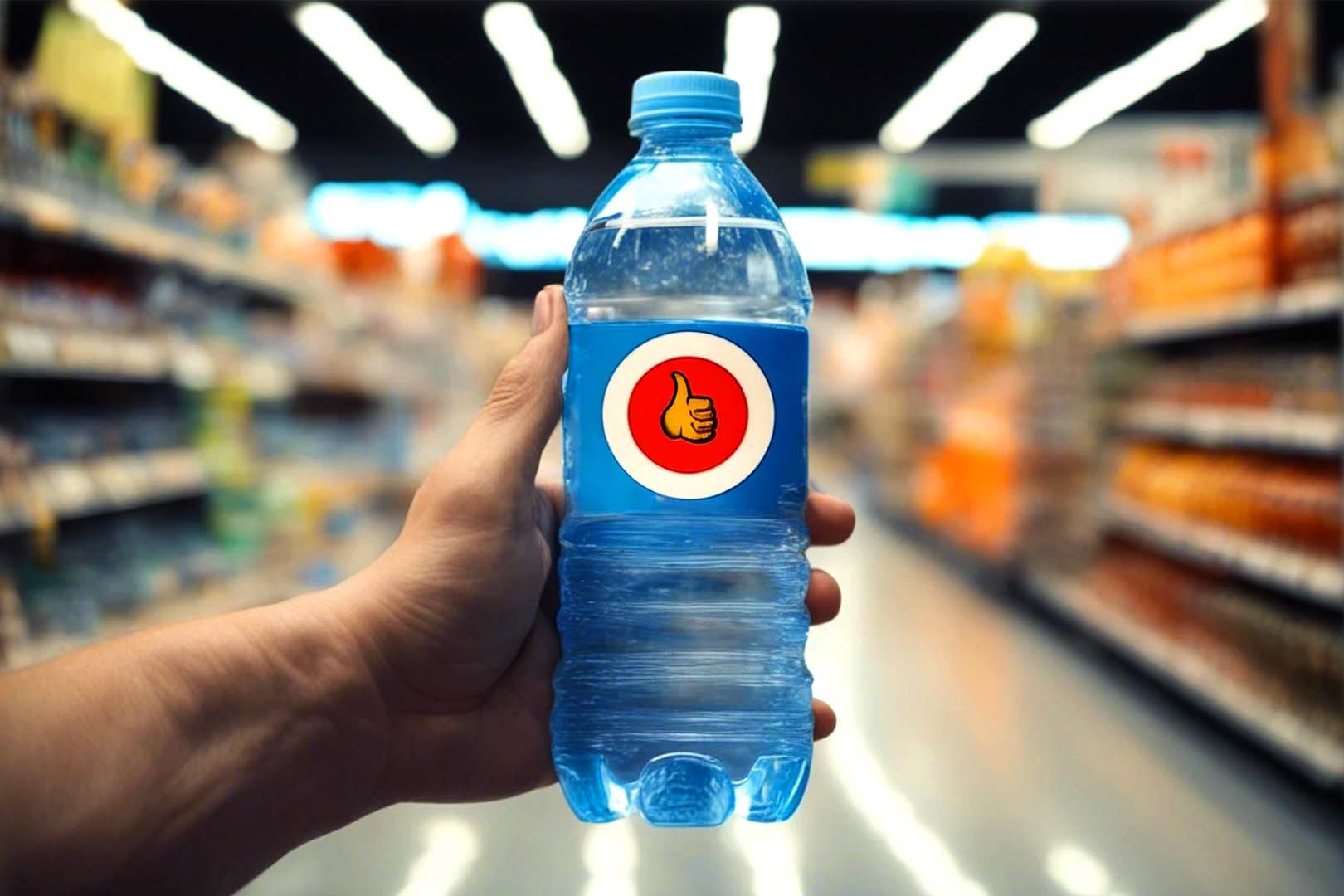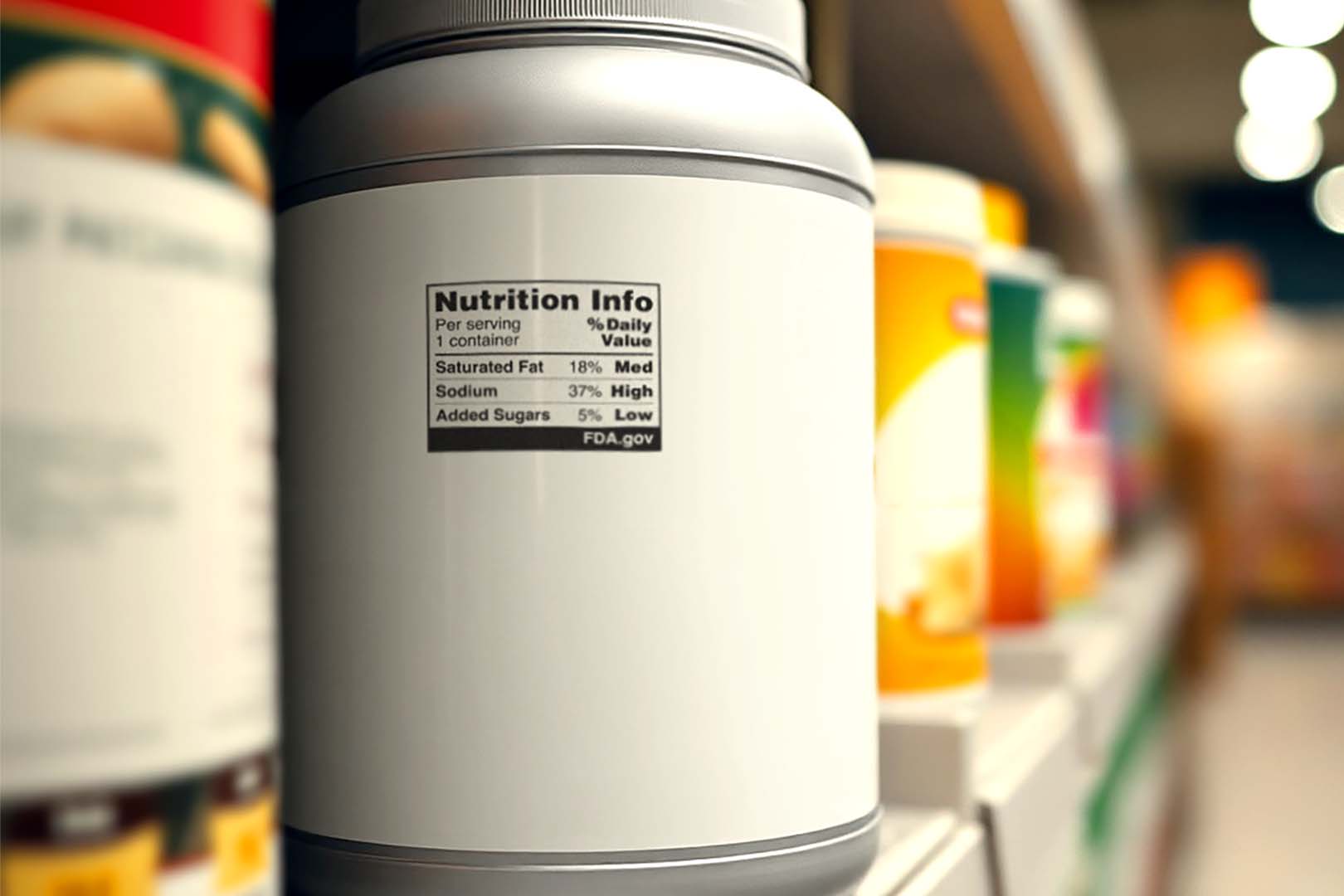
It is common knowledge within the health and nutrition industry as to what is okay to eat and the sort of macronutrient balances you get from various foods and things. Experienced gym goers and dieters could quickly figure out from a meal whether they may need more protein or fewer carbohydrates, and that’s without nutrition labels. For most people, those labels on foods can still be tough to understand, as reading what’s on there and knowing what’s okay are two different things. The FDA is looking to make that whole process much easier by officially updating the definition of “healthy” foods.
The FDA’s updated “healthy” claim is a game-changer or at least, very significant, for tackling diet-related issues and health concerns. Foods now gotta pack a punch with key food groups like fruits, veggies, and grains, while keeping saturated fat, sodium, and added sugars in check. This new definition opens doors for more nutritious options to carry the “healthy” label, including nuts, fish, olive oil, and, believe it or not, even water. It’s all geared toward aligning with current nutrition science and dietary guidelines.
The FDA’s not stopping there – it’s cooking up a “healthy” symbol for food packaging and teaming up with Instacart to make spotting these products a breeze online. The organization is also eyeing front-of-package nutrition labeling and sodium reduction targets. It’s part of a bigger plan to shake up the food supply, arm consumers with info, and reduce unnecessary diet-related issues and problems. The FDA is on a mission to make “healthy” eating the norm, and this is most definitely a good way to get things going.
You can read the complete announcement and story straight from the FDA on its website, where it goes into a bit more detail about everything. We do look forward to the changes being made, as it should certainly have an impact on everyday individuals simply interested in making better grocery choices.


